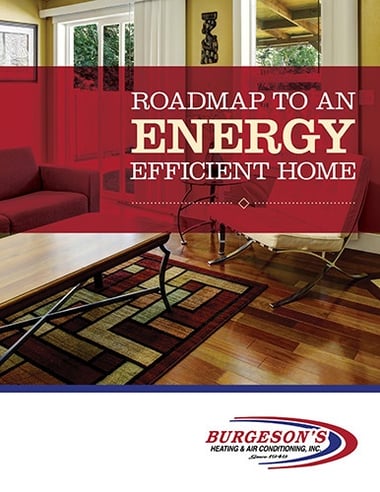A few lifestyle changes can mean saving hundreds on a household's heating and cooling bill. Homeowners can make small energy-efficient upgrades which add up over time. Even the smallest of changes can contribute to a more efficient home.
Insulation
A water heater makes up about 18% of a home's energy use. That makes it the second largest energy expense. While newer water heaters are factory insulated with an r-value (unit of thermal resistance) of 16 or better, older water heaters can benefit from an insulated wrap that holds in the heat to prevent energy loss. Pipes that lead to and from a water heater can also use insulation. Pipe insulation reduces heat loss and can raise water temperature two to four degrees Fahrenheit. That means water will not take as long to heat up when a homeowner turns on a faucet or shower head. Homeowners can perform the insulation installation themselves reaping even more savings. Additionally, attic insulation can keep heat inside your home instead of letting it escape through the attic.
Efficient Lighting
The average home has about 40 sockets for light bulbs and sometimes more. Since lighting makes up 10% of the average electricity use, it could benefit from an upgrade. Replacing outdated incandescent light bulbs with more efficient bulbs like halogen, CFLs, or LEDs can save homeowners money and effort. Traditional bulbs lose 90% of the energy as heat. Bulbs with an Energy Star label, on the other hand, use far less power and can last up to 25 times longer than their dated counterpart. To save even more, homeowners can put some of their lights on a timer to limit daily use. Motion-activated light switches also help minimize wasted energy use since they turn off after a few minutes when movement stops.
Comfort Scheduling
Since half of a household's energy use goes to heating and cooling, reducing HVAC system use can mean more savings. Programmable thermostats, especially help reduce system use without sacrificing comfort. Programmable thermostats save on utility costs by enabling homeowners to adjust the times their heating and air conditioning system turns on. These thermostats can store multiple daily settings and with offsite control, owners can adjust temperatures even when they are away.
These are by no means the only way to save energy inside the home, but they can make a considerable difference. Homeowners should look for Energy Star ratings when purchasing upgrades. These highly-efficient products can make a noticeable dent in utility bills.












